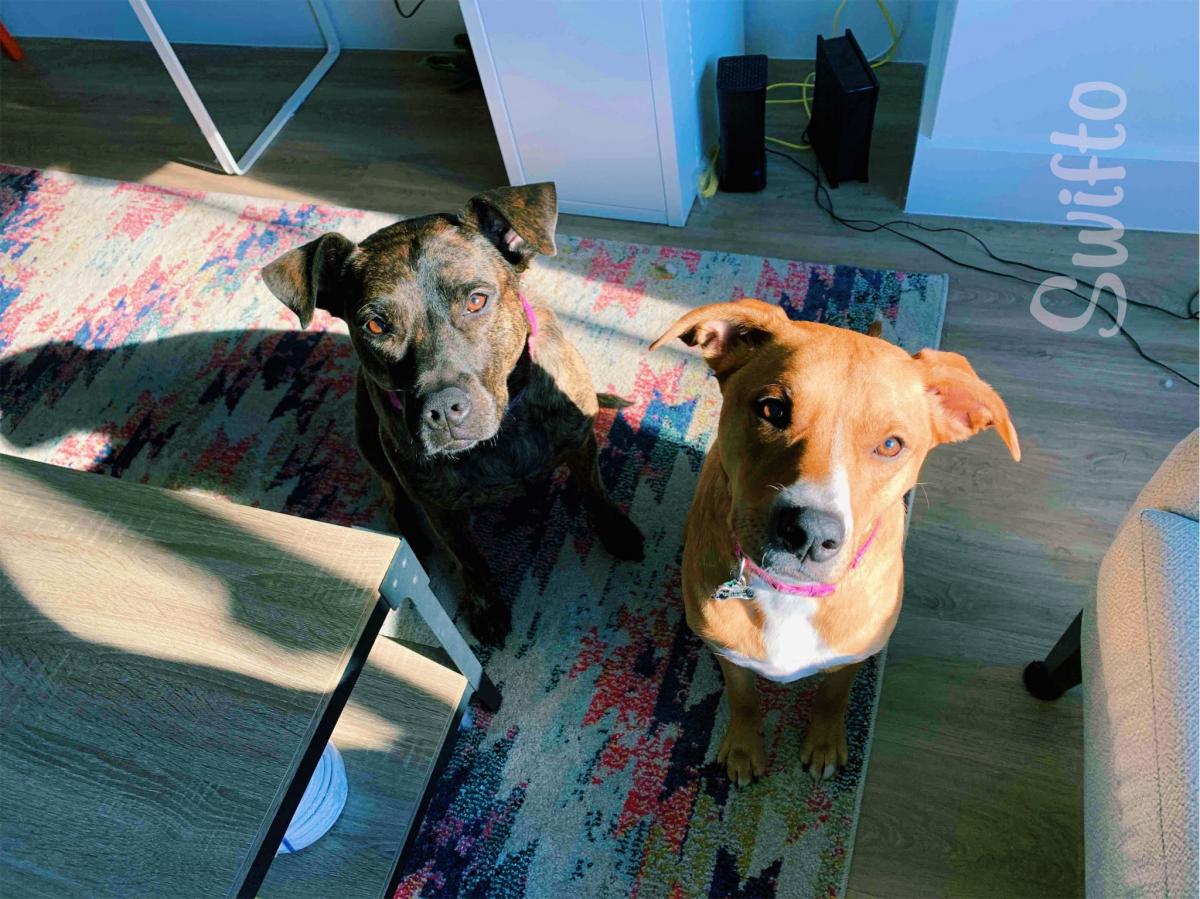Whether you are moving into a new place, just got a new dog, or decided to make some changes to ensure your dog’s safety, you are probably wondering where to even start. It seems like once you start thinking about all the dangers your dog could face that suddenly your entire home is filled with hazards. You want to be a responsible pet parent, and you are taking steps in the right direction.
Humans mostly rely on their eyes and hands to see and feel their surroundings. When we pick out a new pair of shoes, it’s all about how the shoes look and feel on our feet. We would hardly consider the taste of a shoe, but that is how dog’s test things! Dogs rely on their noses and mouths to find out if things are for playing, chewing, or eating. This can be very dangerous considering these are direct lines to your dog’s internal organs and breathing passages. There are several steps you can take to dog-proof your home as a whole, and many steps you can take in every room.
Regardless of the room, there are dangers lurking everywhere. Plastic bags such as Ziplocs and trash bags are suffocation hazards and should be out of your dog's reach. Plants can be toxic, as can plant food which is sometimes added to water. Fragile items such as a picture frame or a porcelain figurine can shatter if knocked over and create a million sharp pieces. Tobacco and alcohol products should always be stored a safe distance away from your dog’s reach, and their wastes should be disposed of properly. Trash cans are treasure troves for a curious dog. They contain all kinds of smells and tastes, not all of which are safe to ingest such as empty containers, paper products, and certain food items. Pesticides including insect and rodent repellants can be very toxic in any amount and should only be used and stored where your dog cannot reach. Unstable furniture can be knocked over and injure your dog. Open windows and doors provide an escape to the outside world, as well as access to busy streets, sharp drops, and strangers. In any area of your home, it is important to vacuum regularly to remove small debris. Messes including dog accidents should be picked up immediately. If you cannot keep hazardous objects out of your dog’s reach (consider a dog’s full height when on his or her hind legs), consider storing such objects in cabinets with child-proof latches or locks. Puppy gates can also keep a dog out of certain rooms, and never underestimate the power of a locked door. A closed door may not be enough since many dogs can learn how to open doors.
Perhaps the most dangers in your home can be found in the bathroom. Many items in bathrooms can cause problems for your dog and are usually within reach. Sharp objects such as tweezers, nail clippers, and razors all need to be safely stored. Poisonous items can include soaps, lotions, medicines, and cleaning products. Paper materials can cause blockages if ingested, so it is best to keep toilet paper, tissues, cotton balls, and cotton swabs out of reach. Most of these items can be pulled out of a waste bin, therefore waste bins should not be kept on the ground if a dog can get into the bathroom. For small dogs and puppies, the toilet and bathtub can pose the risk of drowning. Most people do not allow their dogs into the bathroom for good reasons.
Kitchens are one of the hardest rooms to dog-proof. Typically you won’t find a door to a kitchen, so many pet owners use puppy gates to keep dogs out. If keeping your dog out of the kitchen isn’t possible, you will have to put in the extra effort to move or remove all threats to your dog. One way to do this is to sit on the ground and look at your dog’s eye level (if you have a smaller dog, this might require lying down). You’ll be surprised how many electric cables, small or sharp objects, and runaway food pieces are within reach. Silverwear drawers and cupboards can be full of sharp or breakable objects. These can be kept closed with locks or child-proof latches. Stoves that are not properly attached to the wall may tip over and dials can be turned on, creating a fire hazard. Any appliance that is close to the ground or within your dog’s reach should be examined. If your dog could open your fridge or freezer, or get into your dishwasher deep-freezer, it will be safer to invest in some locks or latches. Knives should never be within reach and heavy items should be stored securely. Also consider your dog when you are cooking in the kitchen. You might be able to tell another human to watch out if you drop something, but your dog won’t understand. You will have to be extra careful when handling harmful food items like grapes, onions, and chocolate.
If your dog sleeps in your bedroom, this might be the most difficult room to dog-proof. Even if your dog sleeps in another room or in a crate, your bedroom is the place where your scent will be the strongest. Your room is filled with clothing and bedding that smells like you, and you spend a lot of time here while sleeping that gives your room a unique scent. Your dog will usually associate your scent with a sense of comfort and seek that when you are not around. The most common problems include trash bins, electric cables, and small objects. Anything small enough to be a choking hazard (including buttons, jewelry, and hair ties) should be picked up and properly put away. Items that you do not want your dog to get a hold of such as clothing and shoes should be out of reach. Curtains and blinds don’t generally pose a threat on their own, but the chords that move them can. Always make sure these chords are safely secured. Smaller dogs and puppies can get stuck under the bed or behind furniture. Blockades such as boxes can help to keep your dog out, but you should monitor your dog if he or she is allowed in a room with many tight space.
In some cases, it will impossible to move or eliminate all potential hazards from a room. These rooms will require closed doors, puppy gates, or some interior renovations to make sure your home is a safe environment for your dog.
This is why many dog owners don’t feel comfortable leaving their dogs alone even for a few minutes. To help out, Swifto provides “dog visits” to your home, and sends a dog walker to ensure your dog is both safe and happy. This ensures that your dog doesn’t get lonely when you leave your home even for a short period of time.
Looking to book a dog walk?
By Callie T.


